Are you in the market for your first real camera? Do you want to know what to look for and how to choose? With so many options in 2024, it can be overwhelming to talk about technical terms like megapixels, mirrorless technology, and camera type. But don’t worry, in this ultimate camera buying guide to buying a camera, I’ll explain everything you need to know. We’ll discuss the different types of cameras and their key features, as well as provide some helpful tips to find the perfect model for your needs. Let’s dive in!
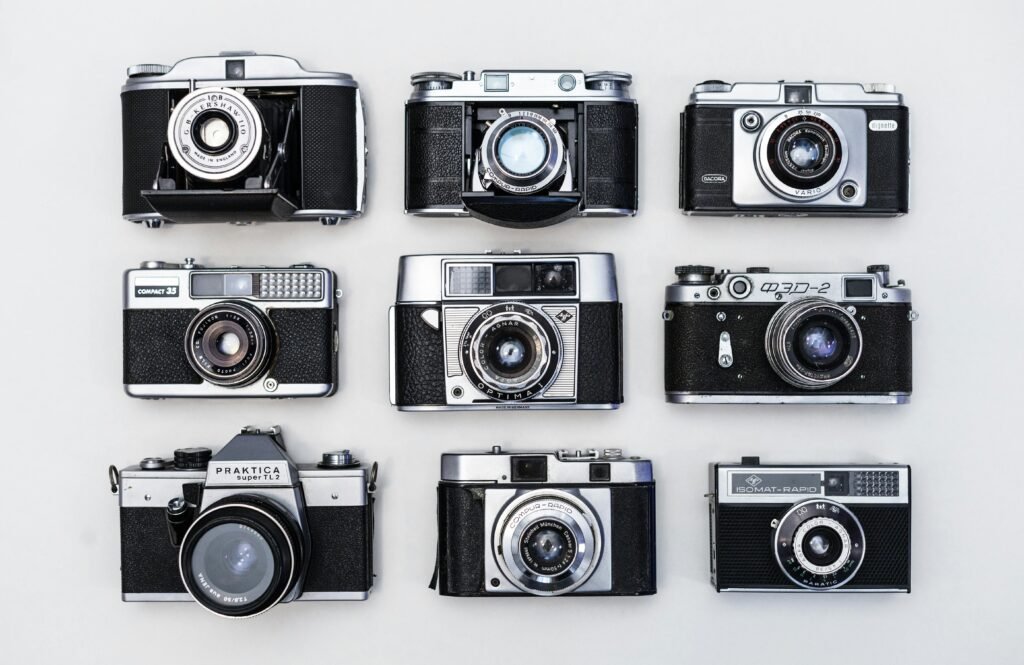
Are you an aspiring photographer and unsure which camera to buy? While smartphones and tablets have decent built-in cameras, using a dedicated device allows you to explore your creativity when capturing images. Choosing a new camera can be an exciting but hard decision, especially if you are just starting. This comprehensive ultimate camera buying guide offers valuable tips to help you select the best camera for your needs, whether you’re a hobbyist or a professional. choosing the best camera for you.
Table of Ultimate Camera Buying Guide contents:
- Types of cameras
- Consider image quality.
- Type of Camera lens
- Size and ergonomics
- Camera sensor size
- Camera Speed and performance
- Resolution rating
- Video performance
1. Types of cameras
The most common camera types are:
- DSLR (Digital Single-Lens Reflex): Cameras are popular among amateur and professional photographers. They consist of two essential parts: the body and the lens. The camera uses a single lens to frame, focus and capture photos. With their large sensors, DSLR cameras provide better low-light captures and a good background effect, also known as bokeh. Entry-level models are budget-friendly, and their large size provides good ergonomics. Additionally, interchangeable lenses make them more versatile.
- Discover here more about the Canon DSLR camera.
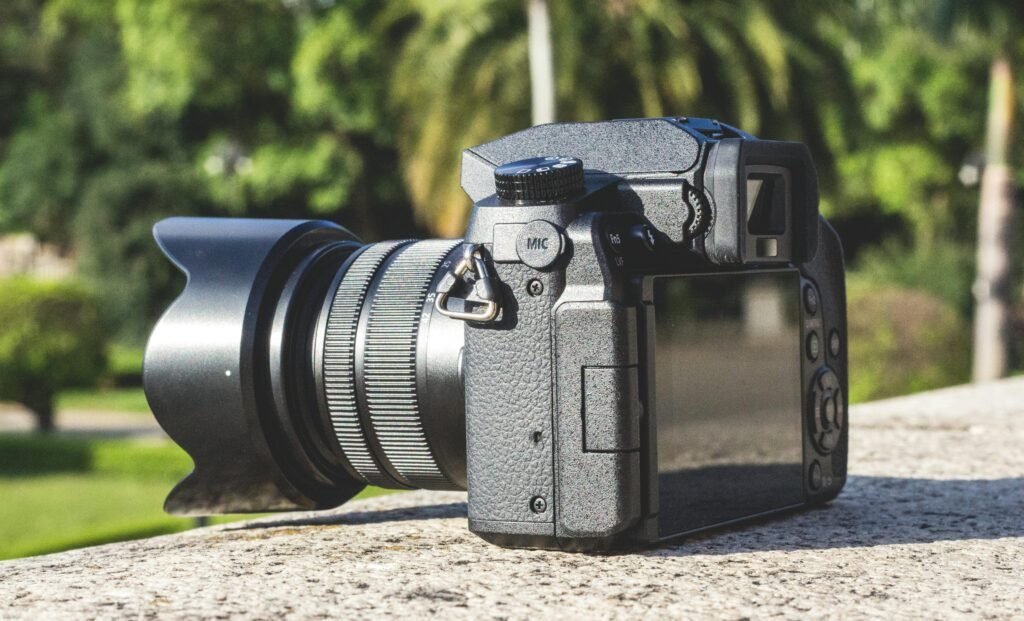
- Mirrorless cameras: These cameras are becoming increasingly popular due to their compact size and speedy video shooting capabilities. Compared to DSLR cameras, they offer better image stabilization and result in less shaky photos. Mirrorless cameras are available in models with fixed or interchangeable lenses; most come with APS-C or full-frame sensors. Since they have fewer moving parts, mirrorless cameras are known for their quiet and discreet operation. Discover here more about the Canon Mirrorless camera.

- Compact (point-and-shoot) cameras: Compact cameras come in lightweight builds for increased portability. Their small dimensions ensure they easily fit in your bag or pocket. Point-and-shoot cameras have fixed lenses and are easy to use.
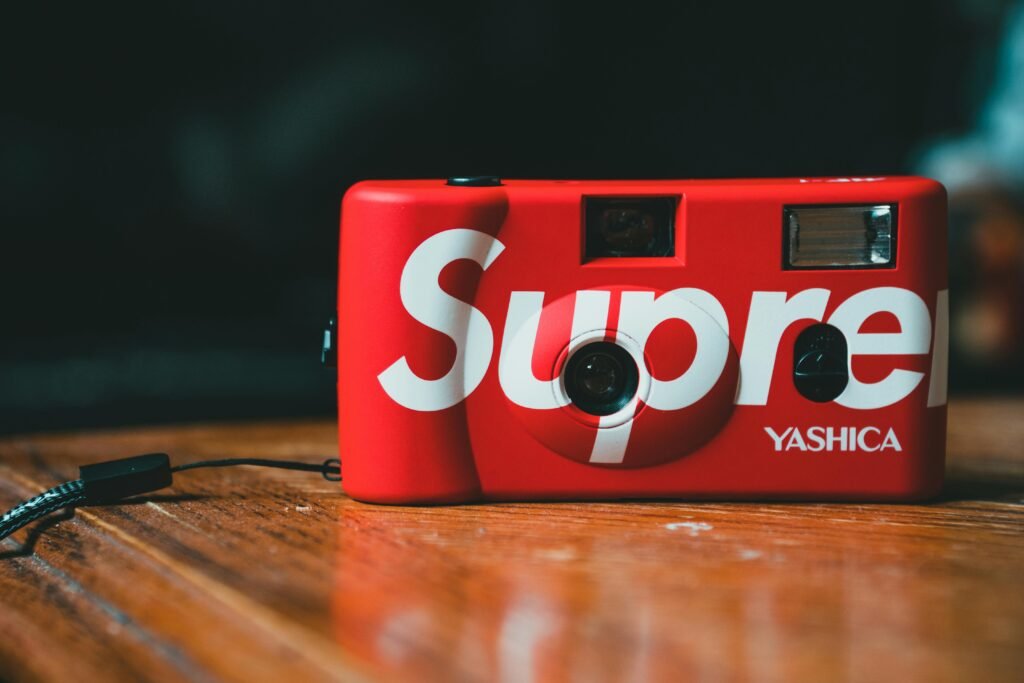
- Action cameras: Action cameras are small, rugged, and waterproof devices that are usually used for capturing video footage. These cameras are widely used for recording different outdoor activities like biking, hiking and surfing. You can easily attach them to your helmet or body to capture a unique first-person perspective. Most action cameras come with a wide-angle “fisheye” lens that provides a broader view of the surroundings.
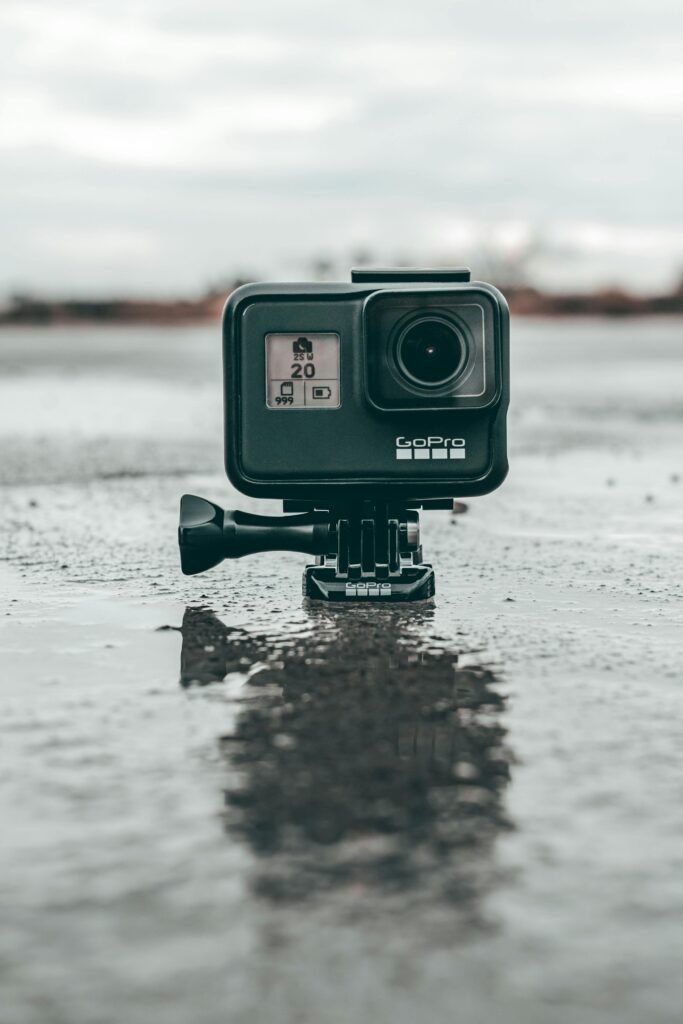
2. Consider image quality
Judging the quality of images that cameras, camcorders and drones produce may be difficult without taking actual photos and videos yourself. Since image quality largely depends on the camera’s lens, deciding which type of lens a potential model has is crucial.
Many DSLR and mirrorless cameras come with kit lenses. Kit lenses have midrange zoom capability and slow variable apertures. These lenses are an excellent place to start for amateur or hobby photographers. However, investing in camera accessories like prime and better-quality zoom lenses will enhance your photography experience.
3. Type of Camera lens
Cameras come in two types: fixed lens and interchangeable lens. Before choosing a camera, deciding whether you want a fixed-lens camera or an interchangeable one is essential. Interchangeable lens cameras offer more flexibility and allow you to use different lenses, enhancing your creativity and providing exciting photography opportunities. On the other hand, fixed-lens cameras are more straightforward to use and come with either a zoom or prime lens.
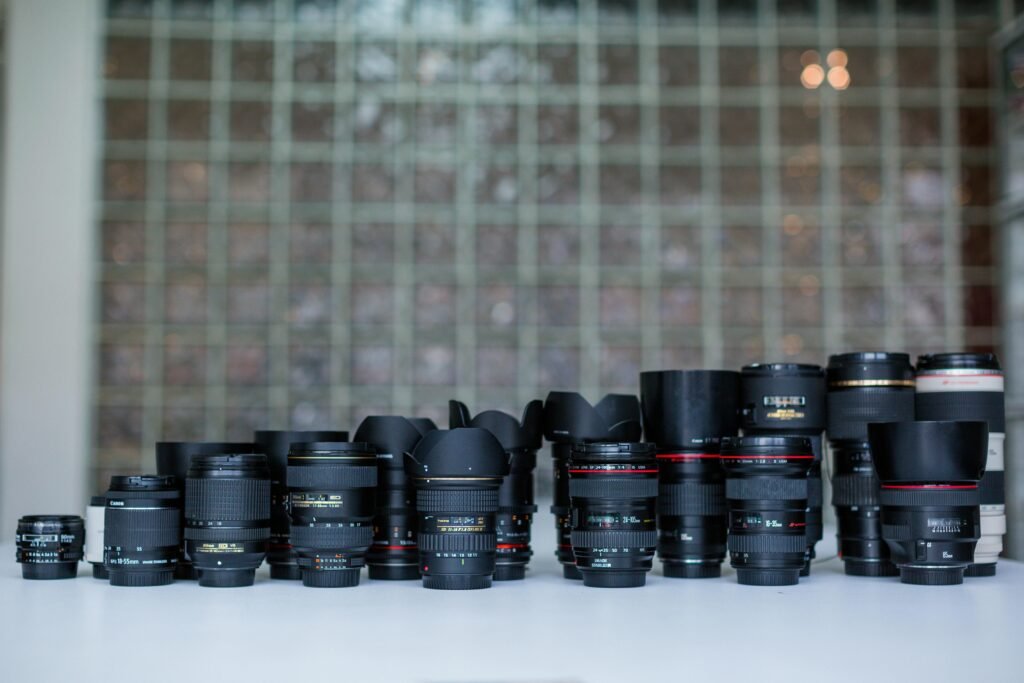
4. Size and ergonomics
When choosing a camera, you should consider its size. However, size is subjective and what may appear big to a beginner may seem small to a professional. Compact cameras with buttons that are too close together may feel awkward to use. Also, keep in mind how easy it is to transport a larger camera. If you already have a camera bag, it’s a good idea to measure it beforehand to ensure your new camera will fit inside. Additionally, there are camera models with grips that provide optimal comfort.
5. Camera sensor size
Digital cameras rely on sensors to capture images. In low-light conditions, larger sensors tend to produce better image quality, while wider sensors increase the ability to blur backgrounds. There are three common types of sensors used in digital cameras: – 1 inch or smaller: typically found in budget compact cameras – APS-C: used in advanced compact cameras, DSLRs and mirrorless cameras – Full frame: also used in advanced compact cameras, DSLRs and mirrorless cameras If you’re a professional photographer, it’s recommended to choose a camera with a full-frame or advanced APS-C sensor. APS-C sensors can multiply the focal length of the lens, which is particularly useful when taking pictures of distant subjects.
6. Camera speed and performance
When buying a camera, it’s important to look out for certain specifications. These include autofocus speed, frames per second (fps), startup time, and overall operational speed ratings. The fps rating refers to the number of photos, shots, or frames a camera can capture per second. If a camera has a higher fps rating, it can produce smoother and more precise images or videos. It’s worth noting that DSLR cameras generally have faster “wake-up” times compared to point-and-shoot and mirrorless models.
7. Resolution rating
When it comes to digital cameras, the resolution, measured in megapixels, plays a crucial role in determining image quality. If you plan on cropping your photos or printing them in large sizes, it’s recommended to go for a camera with higher megapixel ratings. However, keep in mind that photos with high megapixels tend to take up more storage space on your camera’s memory card. This can result in longer transfer, storage and editing times. It’s important to note that the resolution rating alone isn’t a reliable indicator of image quality. The size of the pixels, which depends on the image sensor, has a greater impact on image quality than the resolution.
8. Video performance
All modern digital cameras can shoot video footage. Some have high-end features, such as 4K Ultra HD resolution, while others have basic video capabilities. If video is your primary focus, the main specifications to consider are:
- Frame rates: 30fps and 24fps ratings are standard, while 60fps or higher is good for slow-motion footage
- Image stabilization: If you plan on not using a tripod, consider in-body and in-lens image stabilization
- 4K video feature: This improves image quality, especially when replayed on a 4K Ultra HD TV
- External microphone inputs: External mics capture the best audio
- Recording duration limits: This determines how much footage you can record at one time
- Rotatable LCD: Reduces neck strain and allows you to film yourself easily
- HDMI output: Helps record to external capture devices with a HDMI cable
When choosing a new camera, it’s essential to consider several features such as battery life, manual and auto shooting modes, high ISO performance, memory slots, wireless connectivity, and touchscreens. This ultimate camera buying guide has everything you need to know to enjoy your photography and videography experience fully.

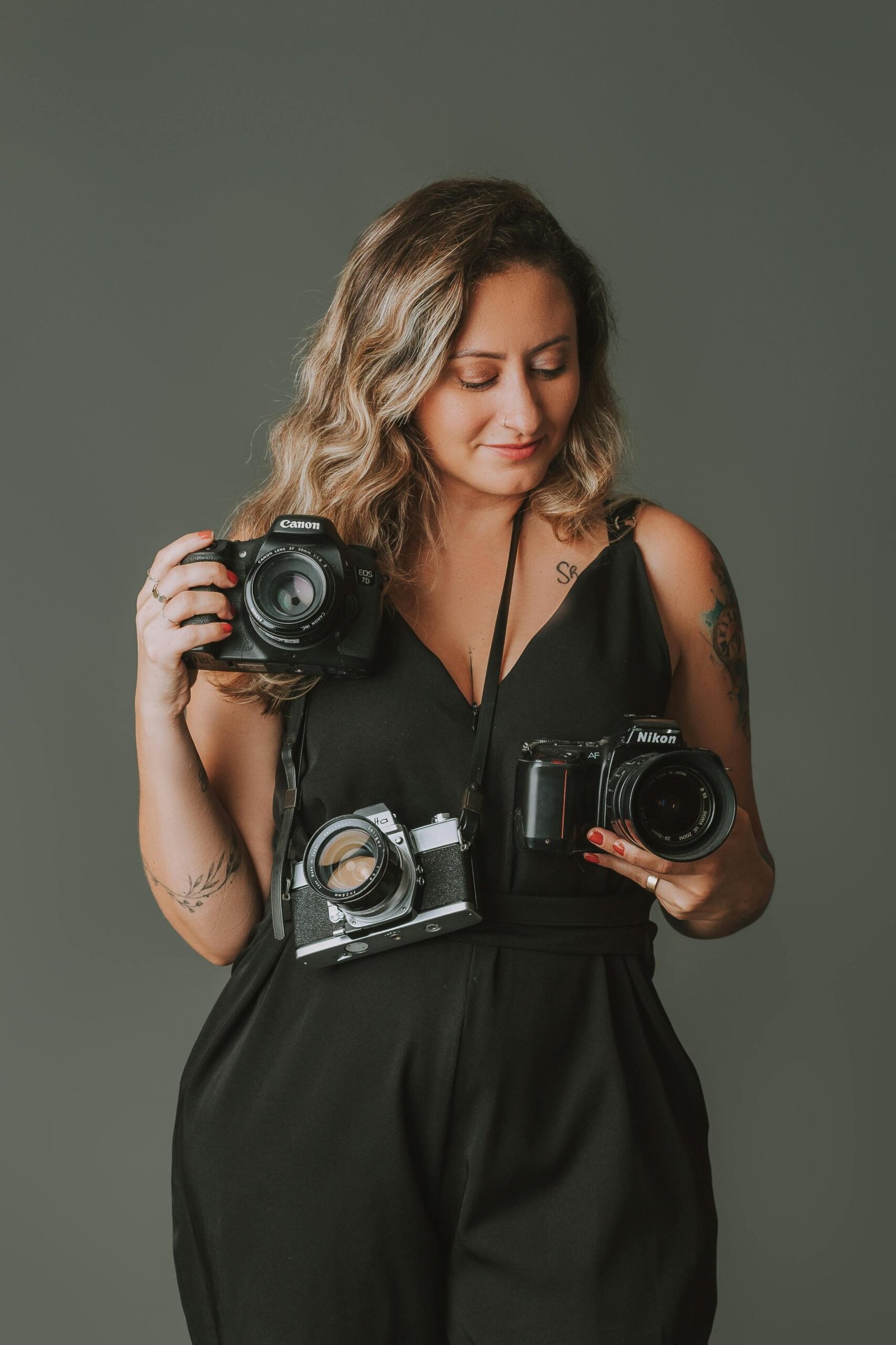




This Post Has One Comment
Its such as you read my mind! You appear to know so much approximately this, like you wrote the e-book in it or something.
I believe that you can do with some p.c. to force the
message house a little bit, but other than that,
this is great blog. A fantastic read. I’ll certainly be back.